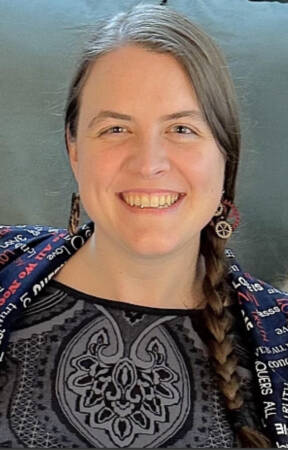
Abstract:
Robots often need to communicate their navigation goals to assist observers in anticipating the robot’s future actions. Enabling observers to infer where a robot is going from its movements is particularly important as robots begin to share workplaces, sidewalks, and social spaces with humans. We can use legible motion, or movements that use intentional inefficiencies to indicate the robot’s goal, to communicate this information non-verbally.
However, applying legibility to the domain of social navigation presents unique challenges. In social navigation, robots travel over greater distances, and it is more likely that observers cannot see all parts of a robot’s path. The heading of a robot and its perceived gaze matter strongly in navigation, and there are likely to be many goals under consideration at varying depths from the start location. This also means the robot must sometimes pass through ambiguous areas where it is difficult to telegraph a final destination. An ideal legible motion algorithm for social navigation would enable robots to be expressive when that effort is relevant to the target goal, but not be overly expressive when that would be unhelpful or misleadingly indicate other goals.
To explore and improve these aspects of legibility in social navigation, we first conducted a 300-participant virtual user study exploring observer-aware legibility, a formulation of legibility we created to ensure that legible movements are made when within vision for a target observer, using three new metrics created to assess this domain. We also discuss a detailed investigation of how observer reactions to legible motion differed from expectations, and how modeling observer understanding differs from the process of generating legible paths. We found that later moments in the path seem to have a much larger impact on understanding than earlier moments, a finding which is contrary to the traditional goal of being legible as early as possible.
Using these findings, we then designed an improved algorithm for legibility for social navigation, and designed a user study to investigate: is it more effective to be legible as early as possible, or later in the path when it may be more informative? To test this, we conducted a 32-person user study with a Fetch robot moving between six goals, both with and without the presence of a distractor task. Our findings suggest that legibility is physically constrained to certain areas of a given scenario, and it is most effective to telegraph intent within those zones, overall clarifying where and when it is most effective to employ legible motion in social navigation.
Thesis Committee Members:
Henny Admoni, Chair
Jean Oh
Reid Simmons
Sonia Chernova, Georgia Tech
